Decode the Dates, Ditch the Waste: Your No-Nonsense Guide to Use-By and Sell-By Labels
Do you need clarification on the cryptic dates on your groceries? Stop throwing away perfectly good food! With this simple guide, master the secrets of use-by and sell-by labels. Reduce kitchen waste, save money, and enjoy fresh food with confidence.
1. Decoding Date Labels: Understanding the USDA's Definitions
Use-by and sell-by terms can be very confusing for people, and I will admit I have needed clarification in the past, resulting in food waste in my home. But in general, these dates are simply references to freshness and do not indicate that a food has reached a date for safety concerns.
Understanding these terms will help you reduce food waste and save money at the grocery store. With grocery prices at an all-time high, this makes me sing Hallelujah!!
USDA’s definitions of dating for food packaging
“Use-by” dates simply refer to the last date recommended to ensure the highest quality of the food; they are not an indicator of food safety.
“Sell-by” dates are a tool stores use to determine how long to display a product for sale. They are used for inventory management and are not an indicator of food freshness or safety.
“Best-by” dates tell you when a product will be at its best flavor and quality. It is not an indicator of food safety.
“Freeze-by” dates simply advise you when to freeze the food product to maintain its highest quality.
“Guaranteed fresh” dates are commonly used on baked goods/bakery products to demonstrate when they are freshest. After that date, the product can still be consumed but may not taste the best
“Pack date” is the date the food was packed- it is mainly used for manufacturer tracking purposes in the event of a food recall.
“Expiration date” means exactly what it says- this is an indicator of when foods are perishable. These are present on infant formulas and baby foods. These foods should be thrown out on their expiration date.
2. Trusting Your Senses: Beyond Date Labels
So we have all been there- sniffing food to decipher if it is still safe to eat. As a rule of thumb, you should always examine food items closely to see if they are fit for consumption, and this goes beyond the dates. I always check food before cooking and eating (even if it’s within the date range). For example, I buy baby carrots A LOT for convenience sake with small children. There have been several instances where I get home from the store, open the bag, and discover they are bad (they typically had a slimy texture- YUCK!), and luckily, I can take them back and exchange them for a fresh bag.
Some key indicators of food that have perished or gone bad are bad smell, slimy or mushy texture, mold, bacteria growth, and bad taste. Trust your gut—if the food doesn’t look good or smell right, it most likely is not good. Using our senses is an innate way of keeping us safe. Avoid purchasing canned foods with dents, jars whose seals have been broken, and packages torn or ripped.
It’s also wise to look for manufacturer recalls- grocery stores are generally good at staying on top of this, but sometimes, things sneak past and can get into your house. If you are aware of a product going on recall, make sure to take a look at the foods in your cabinet to make sure they are not a part of that recall.
3. Maximizing Shelf Life: Smart Food Storage Strategies
So, now that we understand this terminology, let’s talk about ways to help you with food storage. Several factors can determine a food's shelf life. Light and temperature are important to note. Most canned goods can have a long shelf life if stored in a cool, dark place like a pantry. Keep an eye on can dates and put the oldest cans in front of the newest cans to make sure you are using them in order of purchase.
Once you open canned foods, you can store the remaining food in an airtight container in the refrigerator. These foods need to be consumed within 3-5 days of opening, with the exception of some condiments. These are typically safe once opened in the refrigerator (just use your senses to see when they might be spoiling). Canned foods in glass containers typically have a higher shelf life.
Fresh produce should also be stored correctly. Remember that some fruits and veggies last longer if stored at room temperature than in the refrigerator. Pay attention to how the produce is displayed at the store. A majority of fruits are stored at room temperature unless they have been pre-cut or washed. Most vegetables are refrigerated. Fresh produce has a short shelf life; therefore, it should be eaten within days of purchase, and one should pay attention to signs of spoilage. Below is a little list of common countertop items vs refrigerated items.
Produce safe for the counter:
- Apples
- Bananas
- Citrus
- Tomatoes
- Onions
- Potatoes
- Garlic
- Herbs
- Winter squash
- Melons
Produce that needs refrigeration:
- Greens, lettuce
- Cucumbers
- Summer squash/zucchini
- Green beans
- Broccoli and cauliflower
- Peppers
- Corn
- Pre-cut vegetables and fruits
- Berries
If not frozen, all meats, poultry, and fish should be used within several days of purchase or frozen to keep the food item from spoiling too quickly. Once you thaw frozen foods, they should not be re-frozen.
I love to use glass containers with air-tight lids to store opened canned goods or cut/washed produce to enhance its freshness in the refrigerator. Another good option is mason jars. I know many people who like to wash and cut produce after purchase for convenience, and storing it in glass containers has been the best way to keep it fresh for the longest time! You can also use vacuum sealing systems to keep all air out to freeze and store foods longer.
Once you cook food, storing leftovers for no more than 3-4 days is essential. After this time period, bacteria growth is highly common. Some experts even suggest cooked food spoils after 1-2 days of preparation. When in doubt, just examine your food. If it’s been in there more than a few days, it’s time to throw it out. Check out the USDA’s FoodKeeper App—this is a great resource that you can readily find at your fingertips.
4. Repurposing Leftovers: Creative Ways to Reduce Food Waste
I know that after the holidays, it is common to make all kinds of different meals with leftovers. I’ve heard some pretty creative ideas over the years, some that I might not venture to try, LOL. But in all honesty, repurposing leftovers to make new meals is a great way to reduce food waste and save money.
Some of my favorite ways to repurpose leftovers:
-Leftover taco meat for salads, quesadillas, and burrito bowls (great for lunches and meal prep)
-Any grilled meat for salads or pair with new sides like a steamed veggie and potato if needed (quick dinner idea if you know you’ll be short on time)
-Mixing in cooked vegetables with marinara sauce to make a hearty, high-fiber pasta dinner
-Adding leftover chopped veggies to omelets (high protein breakfast with fiber)
Some leftovers are great to freeze and save for a rainy day! Just make sure that you use the correct containers and storage bags for freezing. It's optimal to eat frozen leftovers within three months of freezing. Label with the date and dinner name so you don’t forget what’s in your freezer!
If you’re like me, you can even take leftovers to work for lunch the next day! This is usually my go-to. But in theory, there are many ways to reduce food waste. Cutting recipes in half is another alternative if you want to avoid leftovers altogether.
I’m hoping this will spark some new creativity in you. If you have any suggestions or ideas that have helped you save food and money, please drop them in our comments section! We value your input here at Foodguides and love seeing what tips and tricks work for you!
- Admin, F. (2021, September 27). What do expiration date labels really mean? - FoodPrint. FoodPrint.
- Assistant Secretary for Public Affairs (ASPA). (2022, May 16). FoodKeeper App. FoodSafety.gov.
- Food Product Dating | Food Safety and Inspection Service. (n.d.).



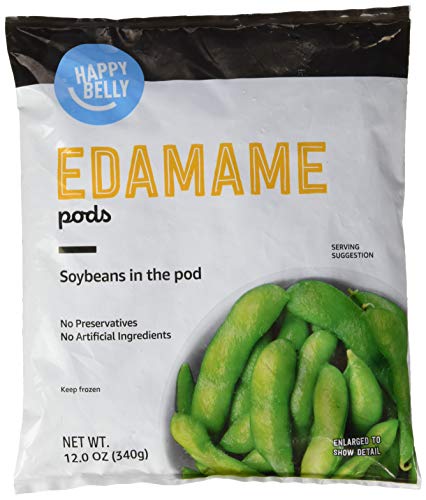
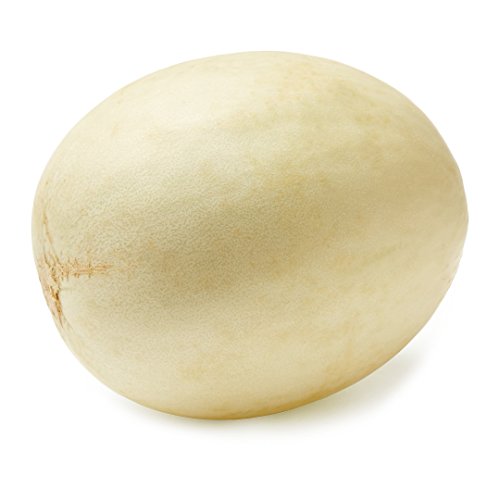
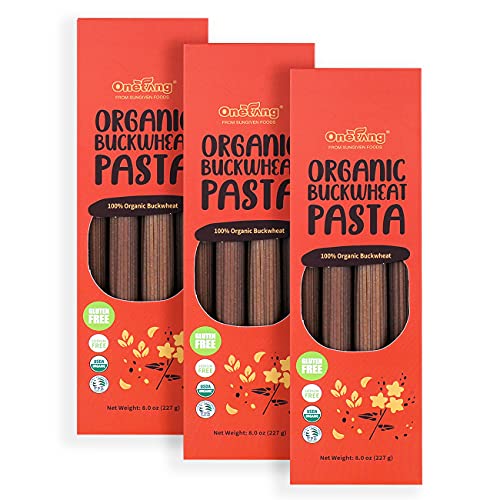



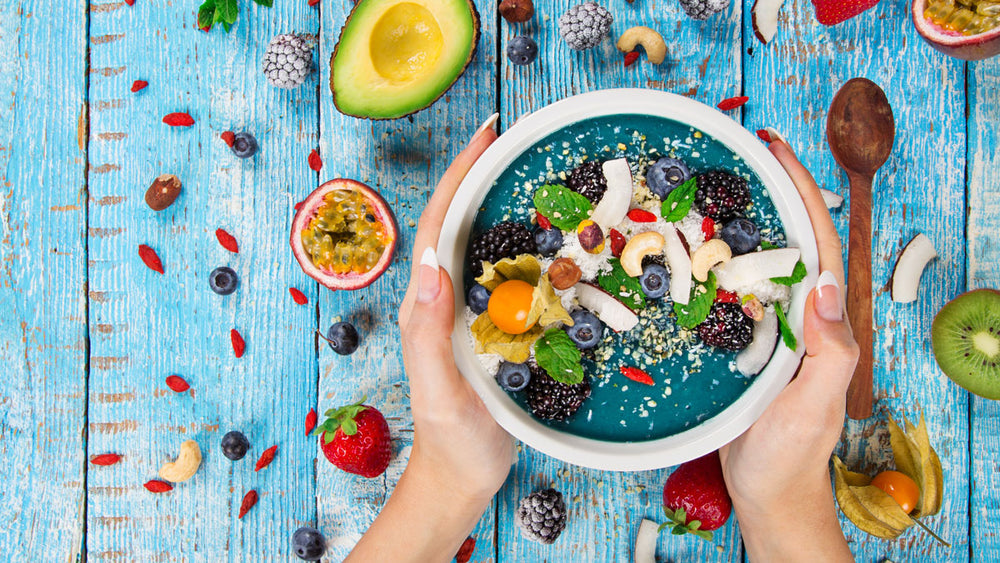


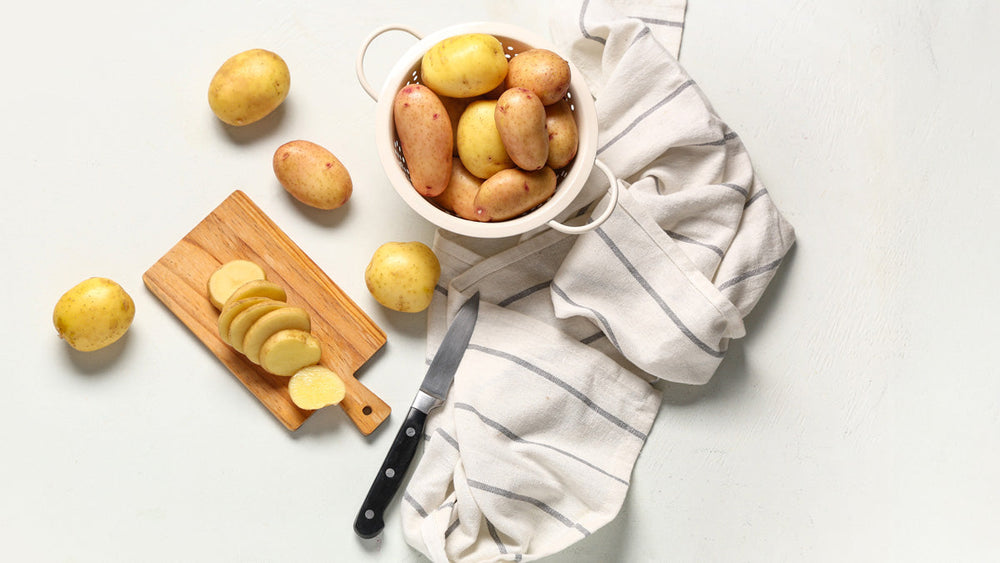








Comments
Join The Conversation...